Dharamshala, 27th November: CTA fears that China is “pushing” more Tibetans to the border areas while using the opportunity to settle more mainland Chinese in Tibetan cities, As New Delhi is occupied with growing concerns about China’s transgressions along the Line of Actual Control and reports of villages being established along with it. Furthermore, according to Sikyong, a strategy to provide livelihoods for Tibetans living in India, particularly in remote and border states, is required.
During a visit to Delhi, Sikyong informed journalists that he hopes to send a Representation to the Indian government on the overall situation of Tibetans in India, and the challenges they face today, The CTA wants to ask how India can help Tibetans sustain their community, especially those settled in Arunachal, Tawang, in Uttarakhand, and in Ladakh. He added that the Tibetans definitely need more steps — a strategy — a firm policy and the means to cater to the needs of people in the border areas.
The CTA, according to Sikyong, would also welcome assistance in compiling an authoritative census of the Tibetan diaspora around the world so that it can better serve their needs. He estimated that 75,000 people dwell in India and 10,000 in Nepal, based on anecdotal estimates. About 25,000 Tibetans live in the United States, which has been slowly embracing more Tibetans in recent years, while another 10,000 live in Canada and about 20,000 live in European countries.
According to Sikyong, the number of people leaving Tibet has progressively fallen over the last decade, owing in part to severe border restrictions between China and Nepal, and those arriving in India have now reduced to a trickle. According to CTA officials present, over 20,000 Tibetans have enrolled in CTA schools in India and Nepal ten years ago, but that number has now dropped to about 9,700.
According to him, residents living in the Tibetan Autonomous Region (TAR) are “losing their culture” because schoolchildren are required to learn Mandarin Chinese rather than Tibetan, and finding work is difficult unless they have been educated in Chinese.
Since 2011, when President Xi Jinping took office with a harder stance on Tibet, there have been no talks between the Dalai Lama’s representatives and the Chinese government.

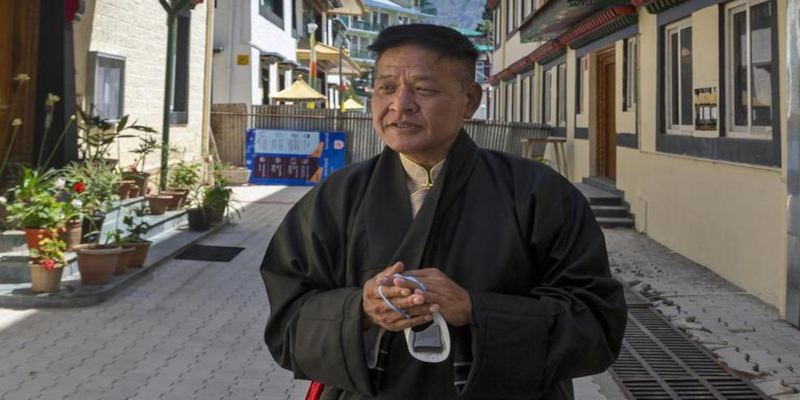
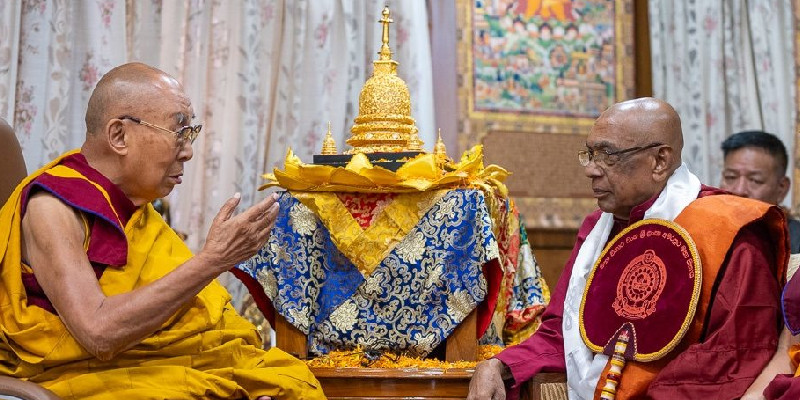
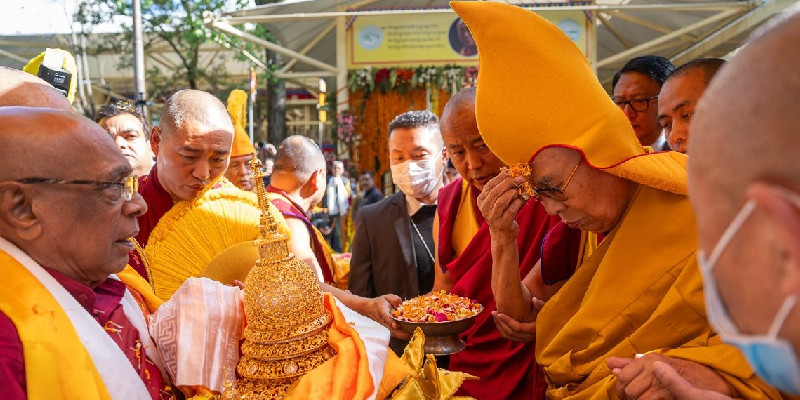
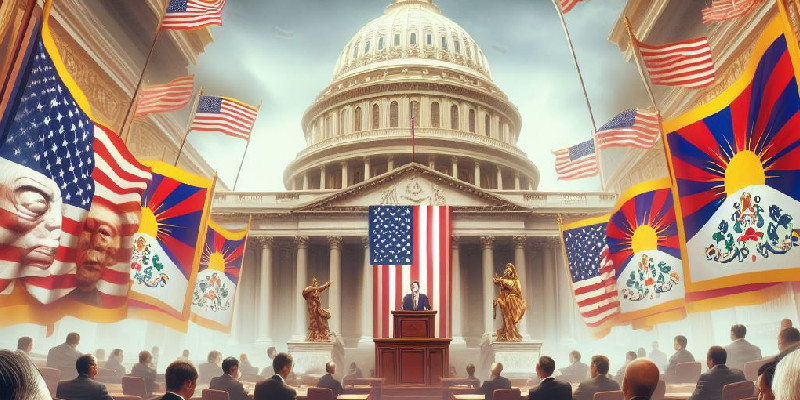

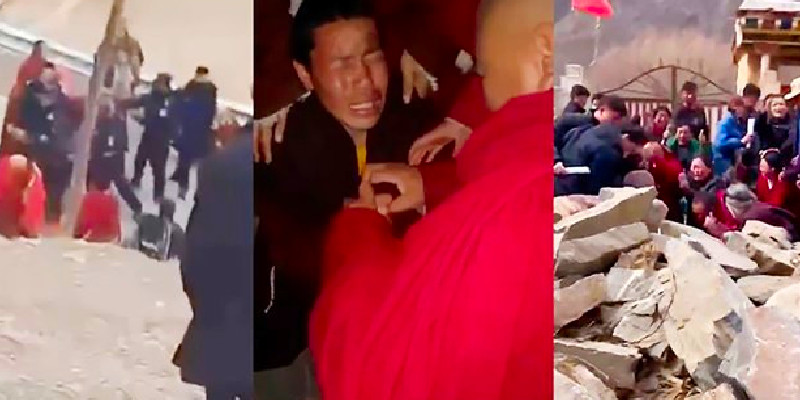
Leave a Reply